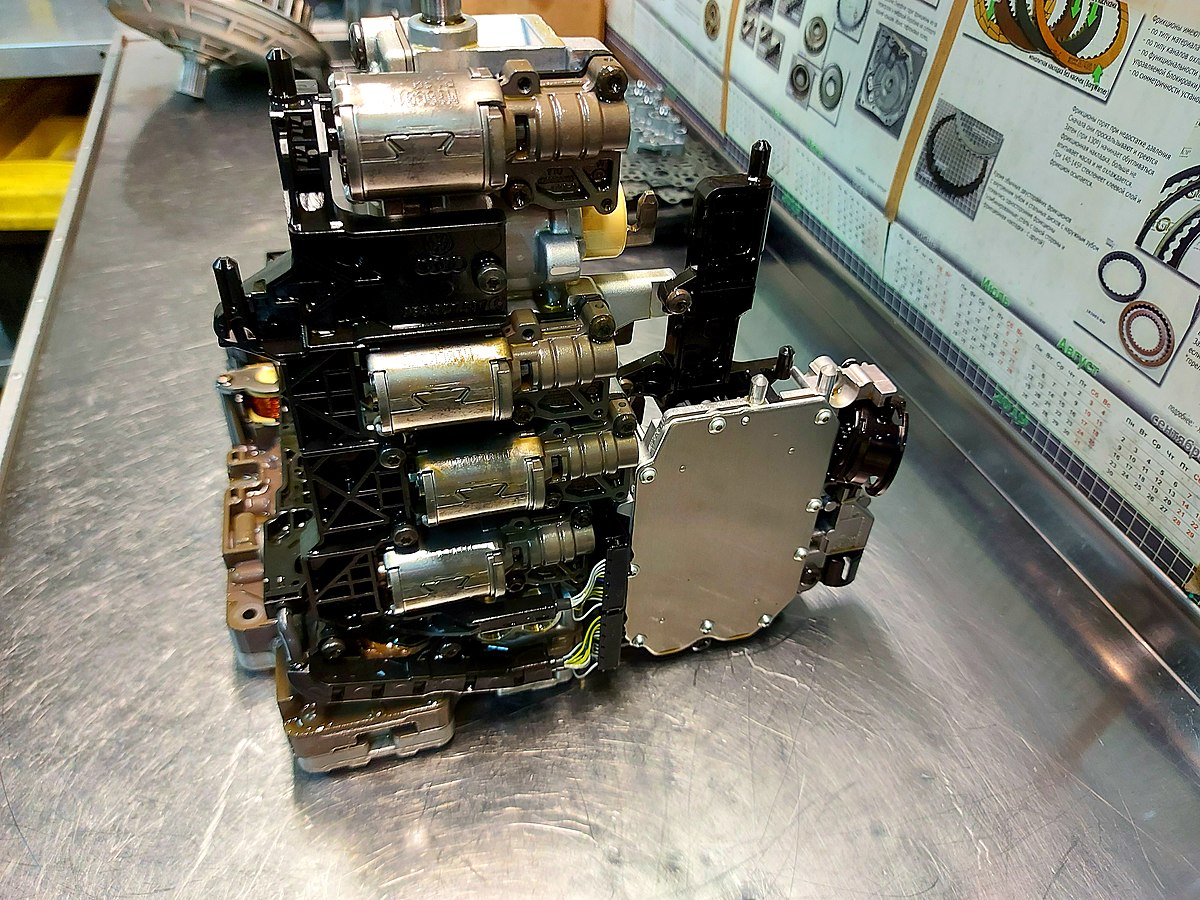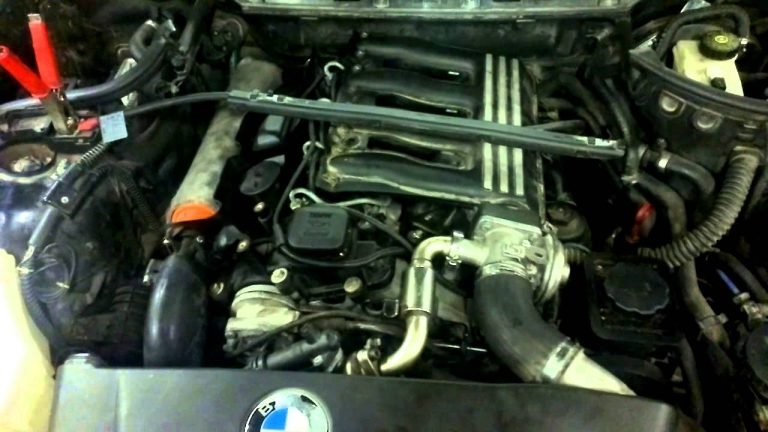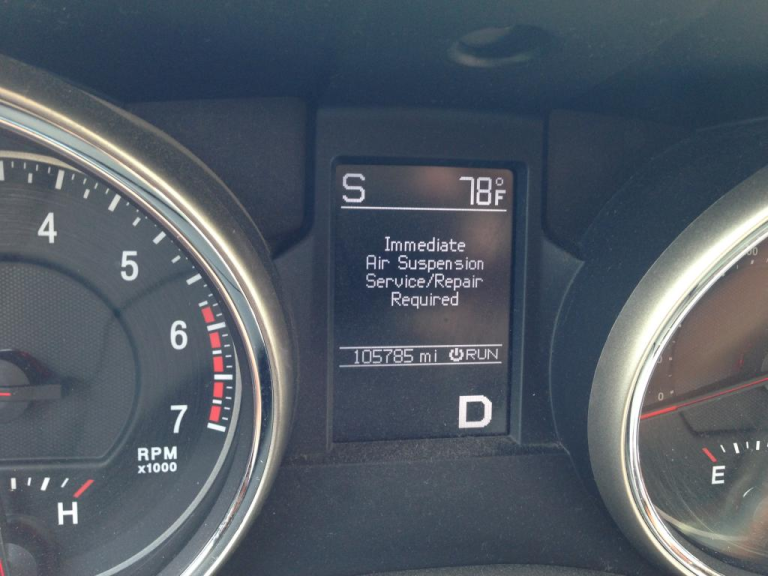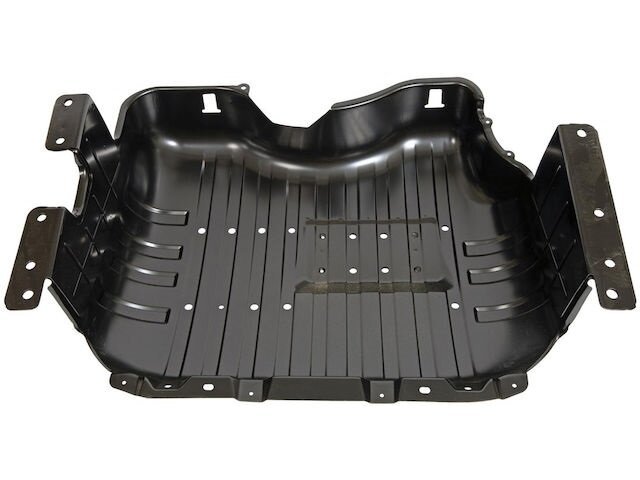Common Problems With Audi S Tronic: Troubleshooting Guide for Efficient Driving
Common problems with audi s tronic include transmission issues and clutch problems, leading to jerking or slipping while shifting gears. Additionally, some users report electrical malfunctions, such as the gearbox not engaging or displaying error messages.
These problems can be caused by faulty sensors, worn-out clutches, or software glitches. It is crucial to address these issues promptly to prevent further damage and costly repairs. Regular maintenance, including fluid and filter replacements, is essential to ensure the smooth operation of the s tronic transmission.
Properly diagnosing the problem and seeking professional help from authorized audi service centers is recommended for resolving any issues.

Credit: en.wikipedia.org
Understanding The Audi S Tronic Transmission System
The audi s tronic transmission system is a sophisticated and innovative piece of engineering that is designed to enhance the driving experience. However, like any complex system, it is not without its challenges. In this section, we will delve into the workings of the audi s tronic transmission system, its benefits, and some of the common problems associated with it.
How Does The Audi S Tronic System Work?
The audi s tronic system is a dual-clutch transmission that combines the best of both manual and automatic gearboxes. Here are the key points to understand how this system operates:
- Dual-clutch design: The s tronic system utilizes two clutches, one for odd-numbered gears and the other for even-numbered gears. This allows for seamless gear changes without interrupting power delivery.
- Predictive shifting: The system employs advanced sensors and algorithms to analyze the driving conditions and make predictive gear shifts. This ensures that the gear changes are smooth and responsive, enhancing both performance and fuel efficiency.
- Manual and automatic modes: The audi s tronic system offers the flexibility of both manual and automatic driving modes. Drivers can choose to let the system handle gear changes automatically or take control using the paddle shifters.
- Launch control: One of the standout features of the s tronic system is its launch control function. By optimizing the start from a standstill, it enables rapid acceleration and precise control, particularly useful in high-performance situations.
Benefits Of Using The Audi S Tronic Transmission System
The audi s tronic transmission system comes with several advantages that make it a popular choice among automotive enthusiasts. Here are some of the benefits:
- Seamless gear changes: The dual-clutch design ensures smooth and lightning-fast gear shifts, resulting in uninterrupted power delivery and a dynamic driving experience.
- Improved fuel efficiency: The predictive shifting technology optimizes gear changes based on driving conditions, resulting in enhanced fuel efficiency and reduced emissions.
- Precise control: With the option of manual mode and paddle shifters, drivers have the ability to take charge of gear changes, allowing for a more engaging and personalized driving experience.
- Sporty performance: The launch control function and quick-shifting capabilities of the s tronic system contribute to a sporty and high-performance driving experience, appealing to those seeking an exhilarating ride.
Overall, the audi s tronic transmission system showcases advanced technology and offers a blend of performance, efficiency, and control. However, it is important to be aware of some common problems that can arise with this system, which we will explore in the following sections.
Common Problems With Audi S Tronic
The audi s tronic is a popular dual-clutch transmission system that offers quick gear shifts and smooth performance. However, like any mechanical component, it can sometimes encounter issues. In this section, we’ll discuss some common problems that audi s tronic owners may experience.
Lack Of Response When Shifting Gears
- Sluggish gear changes: One potential issue with the audi s tronic is a lack of response when shifting gears. This can result in delayed acceleration and reduced overall performance.
- Warning lights: Another indication of a problem with the transmission is the illumination of warning lights on the dashboard. These lights may include the engine check light, the gearbox warning light, or the transmission temperature warning light.
- Jerky movements: A malfunctioning s tronic may cause the vehicle to jerk or hesitate during gear shifts, making the driving experience less smooth and pleasant.
Delayed Gear Engagement
- Slow engagement: Another problem that audi s tronic owners may encounter is delayed gear engagement. This can result in a delay between when the driver selects a gear and when it actually engages.
- Shift shock: In some cases, the transmission may produce a noticeable shift shock when engaging a gear. This sudden jolt can be uncomfortable for both the driver and passengers.
- Failure to shift: In more severe cases, the transmission may fail to engage a gear altogether, leaving the vehicle stuck in neutral or a previous gear. This can be a safety issue and should be addressed by a professional immediately.
Rough Gear Shifting
- Harsh and abrupt shifts: Rough gear shifting is another common problem with the audi s tronic. The transmission may produce harsh and abrupt shifts, which can be felt as a jarring sensation inside the vehicle.
- Grinding noise: Additionally, you may hear a grinding noise when shifting gears, indicating potential damage to the transmission components.
- Overheating: Rough gear shifting can also lead to increased transmission temperatures. If the transmission overheats, it may go into a fail-safe mode to protect itself from further damage.
It’s important to note that these problems can vary in severity and frequency, depending on various factors such as vehicle age, maintenance history, and driving style. If you encounter any of these issues with your audi s tronic, it’s recommended to consult with a qualified technician or visit an authorized audi service center for diagnosis and repair.
Troubleshooting Tips For Smooth Gear Shifting
If you are facing issues with the audi s tronic gearbox and experiencing rough gear shifting, there are a few troubleshooting steps you can take to address the problem. Common problems with the audi s tronic can range from transmission fluid issues to software and firmware glitches, as well as clutch component problems.
Let’s explore these troubleshooting tips in more detail:
Checking The Transmission Fluid Level And Condition:
- Ensure the vehicle is on a level surface and the engine is warmed up.
- Locate the transmission fluid dipstick and remove it.
- Wipe the dipstick clean and reinsert it into the tube.
- Remove the dipstick again and check the fluid level. It should be within the designated range.
- Additionally, inspect the fluid’s color and consistency. Ideally, it should be clear and pinkish, indicating good condition.
Addressing Software And Firmware Issues:
- If you suspect software or firmware problems, consider updating the vehicle’s software to the latest version. This can be done at an authorized audi service center.
- Another option is to perform a software reset by disconnecting the car battery for about 15 minutes. This can sometimes resolve minor software glitches.
- If the issue persists, professional diagnostic equipment may be required to identify and resolve any software or firmware-related issues.
Inspecting And Repairing Clutch Components:
- Check for any signs of clutch wear, such as slipping, grinding, or difficulty engaging gears.
- If clutch problems are suspected, a thorough inspection by a qualified mechanic is recommended.
- Clutch repairs may involve replacing worn-out components, such as the pressure plate, clutch disc, or release bearing.
- It’s crucial to ensure the clutch system is properly adjusted during reinstallation to avoid future shifting issues.
Remember, if you are unsure about any troubleshooting steps or if the problems persist, it is always best to consult with an authorized audi service center or a professional mechanic familiar with the audi s tronic system. Swift and appropriate action can help keep your audi shifting smoothly and ensure optimal driving experience.
Maintenance Tips For Optimal Performance
Proper maintenance is key to ensuring optimal performance of the audi s tronic transmission system. By regularly servicing the transmission system, properly maintaining transmission fluid levels, and keeping the transmission system clean, you can enhance the longevity and efficiency of your vehicle.
Here are some maintenance tips to follow:
Regularly Servicing The Transmission System
- Schedule regular maintenance checks with a qualified mechanic or at an authorized audi service center.
- Follow the manufacturer’s recommended service intervals for transmission system inspections and fluid changes.
- Ensure that the transmission system is inspected for any signs of wear and tear, including leaks, faulty components, or unusual noises.
- Have the system flushed and the filter replaced as per the manufacturer’s guidelines to remove any built-up debris or contaminants.
Properly Maintaining Transmission Fluid Levels
- Regularly check the transmission fluid levels using the dipstick or electronic display.
- Ensure that the vehicle is on level ground and the engine is running at operating temperature before checking the fluid level.
- Follow the manufacturer’s instructions to add or replace the transmission fluid, using the recommended type and quantity.
- Avoid overfilling or underfilling the transmission fluid, as this can lead to poor performance or potential damage to the system.
Keeping The Transmission System Clean
- Regularly inspect the transmission system for any signs of debris, dirt, or contaminants.
- Clean the external surfaces of the transmission components using a soft cloth or brush, taking care not to damage any sensitive parts.
- Keep the transmission cooler free from obstructions, ensuring optimal airflow for efficient cooling.
- Avoid driving in extreme conditions or through deep water, as this can introduce dirt or water into the transmission system.
Remember to always refer to your vehicle’s owner’s manual for specific maintenance guidelines and recommendations. By following these tips, you can maintain the audi s tronic transmission system in top condition, ensuring optimal performance and prolonging its lifespan.
Important Safety Considerations
Understanding The Importance Of Transmission Maintenance
Regular maintenance of the audi s tronic transmission is crucial in ensuring optimal performance and safety. Neglecting to take care of your transmission can lead to various issues and potentially put you and your passengers at risk. Here are the key points to consider when it comes to transmission maintenance:
- Transmission fluid: The transmission fluid plays a vital role in lubricating the transmission components and maintaining proper operation. It is important to regularly check the fluid level and quality, as dirty or low fluid can lead to transmission problems.
- Filter replacement: Along with fluid changes, it is essential to replace the transmission filter. The filter removes contaminants that can cause damage to the transmission system. Neglecting filter replacement can result in reduced performance and potential transmission failure.
- Seals and gaskets: Over time, the seals and gaskets in the transmission can wear out, leading to leaks. Regular inspection and replacement of worn seals and gaskets can prevent fluid leaks, ensuring the transmission operates as intended.
- Software updates: Audi releases software updates for the s tronic transmission to address potential issues and enhance performance. Staying up to date with the latest software updates can help prevent any unforeseen problems and ensure optimal transmission functionality.
- Professional servicing: While taking care of some transmission maintenance tasks yourself is possible, it is advisable to have regular professional servicing. Expert technicians have the knowledge and tools to perform thorough inspections, identify potential problems, and make necessary repairs or replacements.
Recognizing The Signs Of Transmission Problems
Being able to recognize the warning signs of transmission problems is crucial in addressing issues before they worsen. Pay close attention to the following indicators that may signal transmission problems:
- Difficulty shifting gears: If you notice unusual resistance or hesitation when shifting gears, it could indicate a problem with the transmission. This can include grinding or jerking while shifting.
- Slipping gears: A slipping transmission may cause unexpected gear disengagement, resulting in a sudden loss of power. This can be dangerous, especially when overtaking or driving uphill.
- Unusual noises: Unusual sounds such as grinding, whining, or clunking coming from the transmission can indicate internal damage or worn components. It’s important not to ignore these noises and have them investigated promptly.
- Burning smell: A burning odor originating from the transmission can be a sign of overheating or burning transmission fluid. This can be caused by low fluid levels, fluid leaks, or excessive friction within the transmission.
- Warning lights: If the transmission warning light illuminates on your audi’s dashboard, it should not be ignored. It indicates that the vehicle’s onboard computer has detected a problem with the transmission system.
Ensuring Safe Driving Practices With A Faulty Transmission
Driving with a faulty transmission poses significant risks to your safety. It’s essential to practice safe driving habits and take appropriate actions if you suspect transmission issues. Consider the following precautions:
- Limit driving: If you notice significant transmission problems, it is advisable to limit your driving and have the vehicle inspected by a professional technician. Continuing to drive with a faulty transmission can lead to further damage and potential accidents.
- Maintain a safe following distance: When experiencing transmission problems, sudden jerking or loss of power can occur. Maintaining a safe distance from the vehicle ahead gives you more time to react and avoid collisions.
- Avoid aggressive acceleration: Aggressive acceleration can strain a faulty transmission and potentially worsen existing issues. Applying gradual and smooth acceleration helps reduce stress on the transmission.
- Engage emergency hazards: If your transmission malfunctions while driving, promptly engage the emergency hazards to alert other drivers of your situation. This can help prevent accidents and give other drivers sufficient warning to react.
- Seek professional assistance: If you suspect transmission problems, it is crucial to have your audi s tronic inspected and repaired by a qualified technician. They can accurately diagnose the issue and perform the necessary repairs to restore the safety and functionality of your transmission.
By understanding the importance of transmission maintenance, recognizing the signs of transmission problems, and practicing safe driving habits, you can ensure your audi s tronic performs optimally and keeps you safe on the road. Regular maintenance and swift action when issues arise will contribute to a reliable and enjoyable driving experience.
Frequently Asked Questions Of Common Problems With Audi S Tronic
Why Is The Audi S Tronic Transmission Jerking?
Audi s tronic transmission jerking can be caused by low fluid levels, faulty sensors, or worn-out clutch plates.
What Are The Common Causes Of Audi S Tronic Shifting Problems?
Common causes of audi s tronic shifting problems include software issues, worn-out clutch packs, and malfunctioning solenoids.
How Can I Prevent Premature Wear Of My Audi S Tronic Transmission?
To prevent premature wear of your audi s tronic transmission, ensure regular maintenance, use high-quality transmission fluid, and avoid aggressive driving habits.
Conclusion
To sum up, the audi s tronic may offer impressive performance and convenience, but it is not without its fair share of issues. From transmission failures to sensor malfunctions, there are common problems that audi owners may encounter with this system.
It is essential for owners to be aware of these issues and take appropriate measures to address them promptly. Regular maintenance, including checking fluid levels and replacing worn-out parts, can help mitigate potential problems. Additionally, seeking professional assistance from experienced audi technicians is crucial for accurate diagnosis and effective repairs.
Furthermore, staying updated with the latest software updates and following audi’s recommended service intervals can help ensure the longevity and reliability of the s tronic system. By being proactive and informed, audi owners can maximize the enjoyment of their s tronic-equipped vehicles while minimizing any potential complications.







